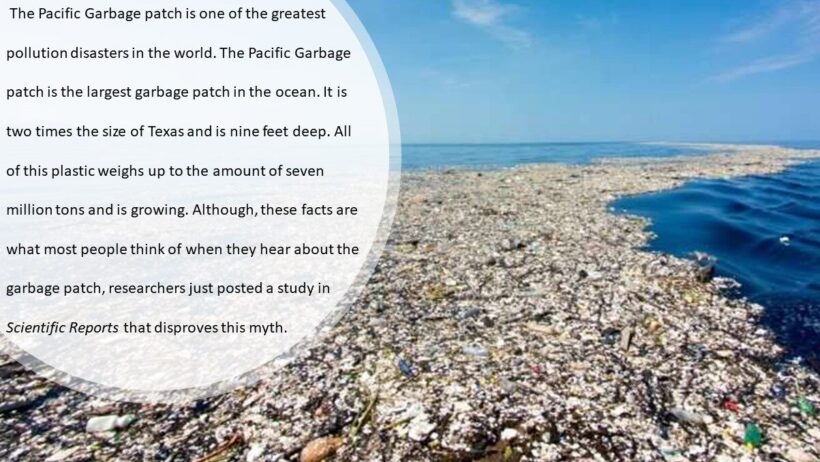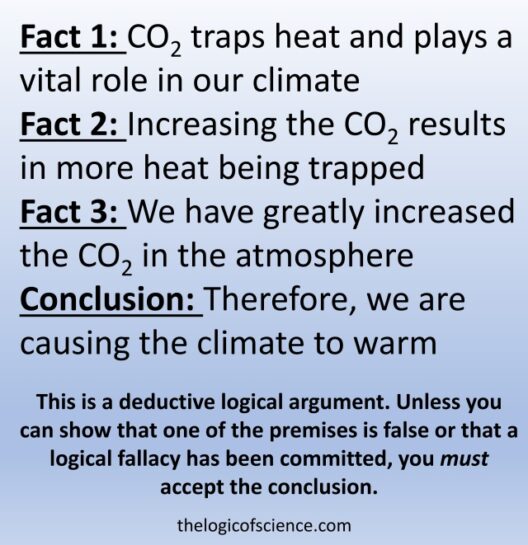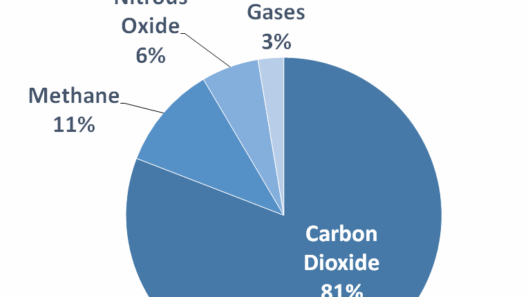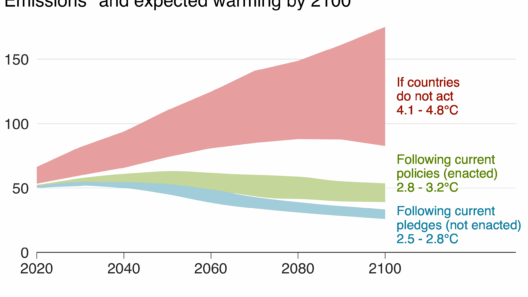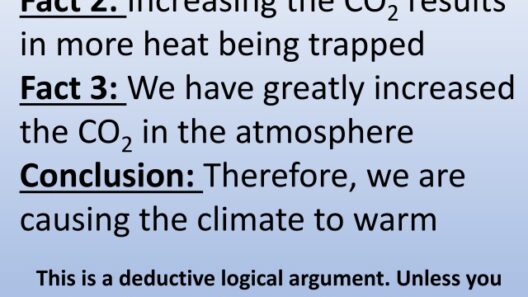The Great Pacific Garbage Patch has become a pervasive symbol of plastic pollution and environmental negligence. It is a vast accumulation of marine debris, predominantly composed of plastic, floating between Hawaii and California. Most people have heard of it, yet there persists a degree of misunderstanding about its impacts, particularly regarding climate change. A question that arises is whether the Great Pacific Garbage Patch contributes to the warming of our planet. This inquiry requires a nuanced exploration, delving into the intricacies of oceanic ecosystems, waste accumulation, and the broader implications of climate change.
At its core, the Great Pacific Garbage Patch consists of two primary areas, known as the Western Garbage Patch and the Eastern Garbage Patch. Together, they cover an area of nearly 1.6 million square kilometers, a space larger than some countries. This patch is not a solid mass of garbage but rather a diffuse concentration of microplastics and larger debris, which are continually being aggregated by ocean currents. The fascination surrounding the patch often stems from its sheer magnitude and the alarming visibility of human-induced waste in what is often considered a pristine environment.
One cannot discuss the implications of the Great Pacific Garbage Patch without recognizing its impacts on marine life. Various species, from seabirds to marine mammals, ingest plastic or become entangled in it. Toxins from plastic can leach into surrounding water, accumulating in the tissues of marine organisms. This bioaccumulation can have dire consequences, not just for marine biodiversity but also for the human food chain. The ramifications for ecological health are profound, yet the indirect contributions to climate change are less overt.
Addressing the central question—does the Great Pacific Garbage Patch heat up the planet?—requires an understanding of ocean currents and their pivotal role in regulating global temperatures. The ocean serves as a crucial carbon sink, absorbing significant amounts of CO2 from the atmosphere. However, when the ocean is plagued by pollution, including large expanses of debris, its ability to act as a carbon sink can be compromised. The accumulation of waste can alter local ecosystems, potentially leading to decreased biodiversity and weakened resilience against climate change.
Moreover, plastic does not decompose but rather photodegrades into smaller fragments known as microplastics. These particles can alter the albedo effect—how much solar energy is reflected versus absorbed by the Earth. When microplastics accumulate in ocean waters, they can absorb heat, consequently contributing to localized warming of sea surface temperatures. This warming has cascading effects on marine ecosystems, influencing weather patterns and potentially exacerbating climate change.
One must also consider the broader implications of waste management and pollution on organic carbon cycling. Disruption of healthy marine habitats affects phytoplankton, which play an integral role in photosynthesis and carbon dioxide absorption. With phytoplankton populations declining due to habitat degradation, the ocean’s capacity to sequester CO2 diminishes, potentially exacerbating the greenhouse effect and accelerating global warming.
Additionally, the production and incineration of plastic further contribute to carbon emissions. The manufacturing process is energy-intensive and often relies on fossil fuels. Every stage of plastic’s lifecycle—from production to breakdown—carries an environmental cost that contributes to climate change. Consequently, the Great Pacific Garbage Patch serves as a multifaceted case study, where pollution, biodiversity loss, and climate change intersect.
The psychological allure of the Great Pacific Garbage Patch cannot be overstated. Its enormity and the visible manifestation of human disregard for nature evoke a profound sense of urgency and frustration. For activists and concerned citizens, this patch represents a clarion call for action not only to clean up our oceans but also to re-evaluate our relationship with consumer culture and production practices. Each piece of debris is a testament to larger systemic issues, urging society to reflect on the implications of pollution and its far-reaching consequences.
Moreover, addressing the problem requires an interdisciplinary approach. Strategies to mitigate plastic pollution must be comprehensive, combining consumer education, government action, and innovative waste management techniques. Initiatives like circular economy practices can help reduce plastic production while promoting sustainable alternatives. The shift towards biodegradable materials, for instance, could significantly alleviate the burden of persistent pollutants in ocean ecosystems.
Furthermore, public policy must evolve to address the realities of modern waste management. More stringent regulations on single-use plastics, enhanced recycling programs, and increased funding for scientific research are vital steps towards mitigating the effects of pollution and climate change. Beyond policy, community involvement is crucial. Grassroots movements and local clean-up initiatives link individual actions to collective efficacy in combating plastic pollution.
Ultimately, the Great Pacific Garbage Patch stands as both a harbinger of ecological despair and a beacon for potential change. It exemplifies the interconnected nature of human civilization and the environment, highlighting how anthropogenic actions have both immediate and long-term repercussions. By understanding the multifaceted relationship between plastic pollution, marine health, and climate change, societies can better equip themselves to address these pressing issues, ensuring a healthier planet for generations to come.
In conclusion, while the Great Pacific Garbage Patch may not directly heat the planet in a conventional sense, its existence has profound ramifications for the climate. It underscores how pollution and environmental neglect can lead to interconnected issues that exacerbate global warming. This calls for a comprehensive response that encompasses education, policy reform, and community engagement to safeguard marine ecosystems and, ultimately, human health.



